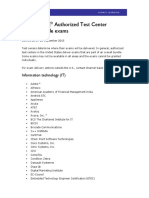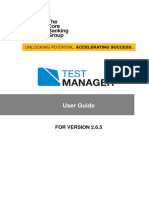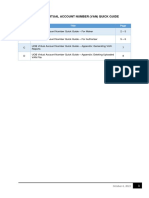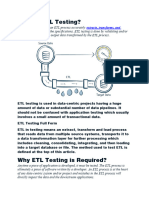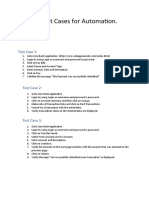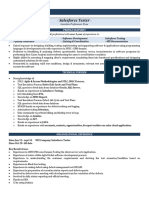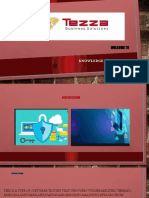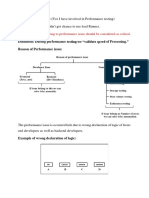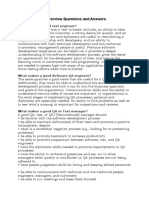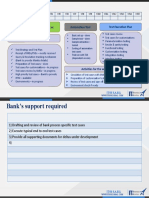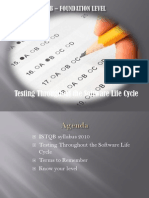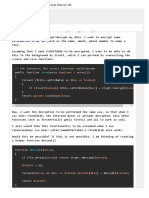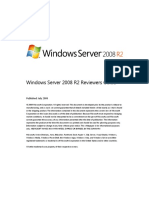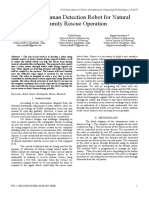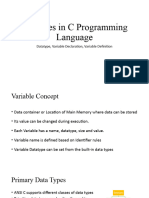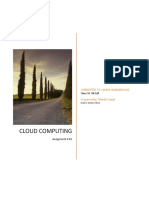0% found this document useful (0 votes)
210 views85 pagesComprehensive Guide to Software Testing
The document discusses software testing. It covers objectives like quality, the software testing life cycle, and types of testing. It defines quality as meeting requirements and customer expectations. The testing life cycle involves test planning, case development, execution, and result analysis throughout development iterations. Effective testing is important for catching errors early and improving quality, reliability and customer satisfaction.
Uploaded by
Sheetal GiriyaCopyright
© Attribution Non-Commercial (BY-NC)
We take content rights seriously. If you suspect this is your content, claim it here.
Available Formats
Download as PPTX, PDF, TXT or read online on Scribd
0% found this document useful (0 votes)
210 views85 pagesComprehensive Guide to Software Testing
The document discusses software testing. It covers objectives like quality, the software testing life cycle, and types of testing. It defines quality as meeting requirements and customer expectations. The testing life cycle involves test planning, case development, execution, and result analysis throughout development iterations. Effective testing is important for catching errors early and improving quality, reliability and customer satisfaction.
Uploaded by
Sheetal GiriyaCopyright
© Attribution Non-Commercial (BY-NC)
We take content rights seriously. If you suspect this is your content, claim it here.
Available Formats
Download as PPTX, PDF, TXT or read online on Scribd
/ 85


